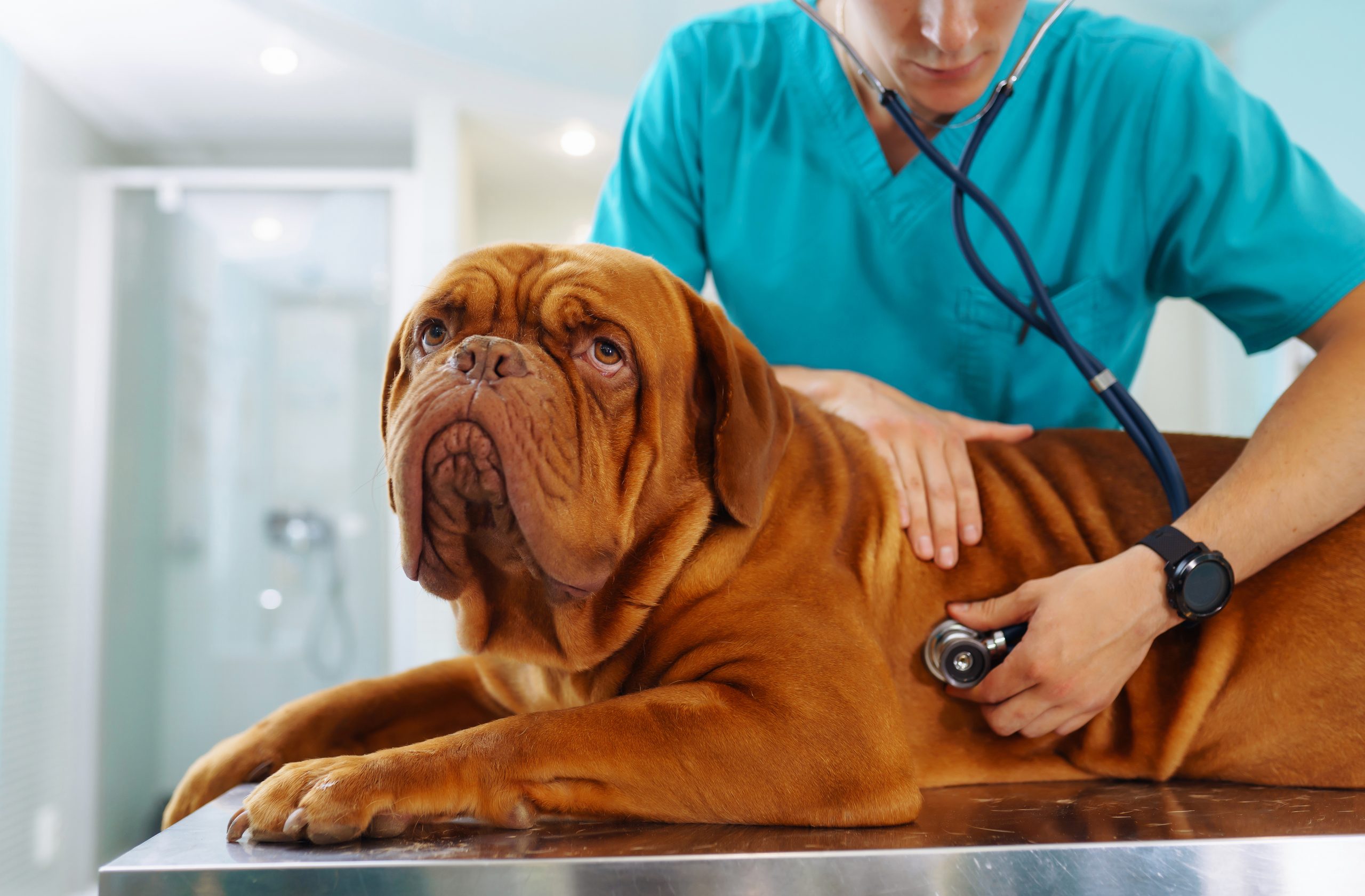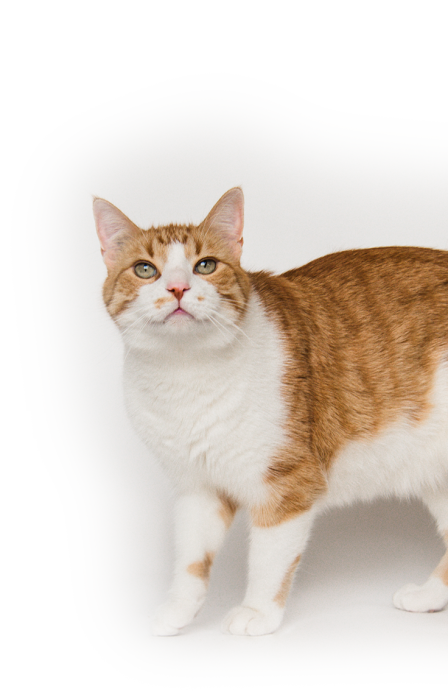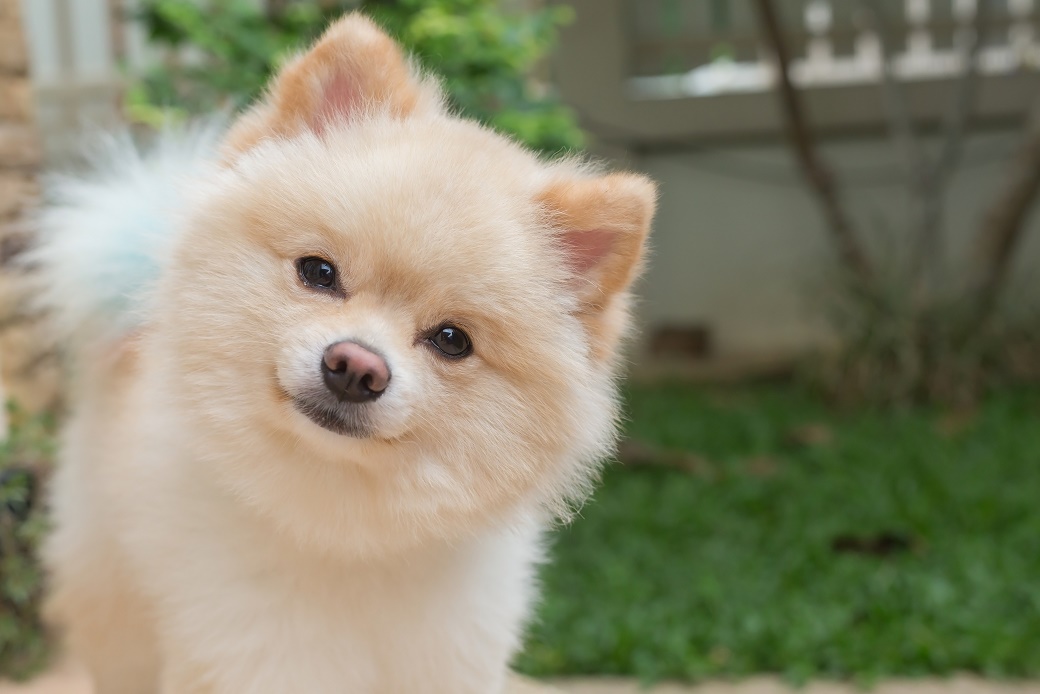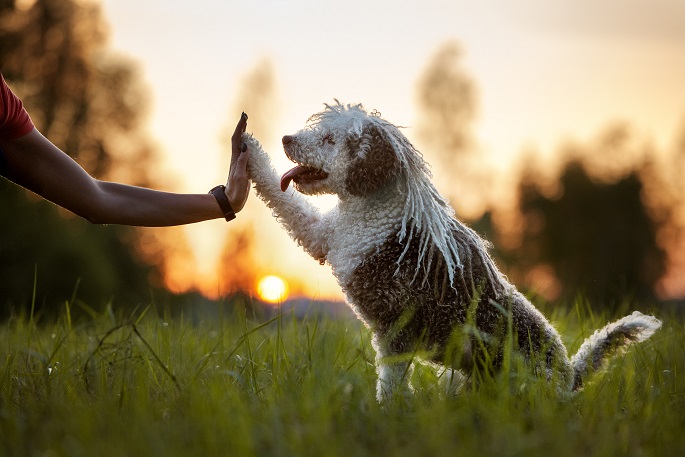Keeping a close eye on your pet’s appetite can offer important clues about their health. We often rely on yearly vet checkups to track wellness, but appetite changes can happen at any time. Therefore, it’s essential to observe your dog or cat between visits so we don’t miss early signs of illness or discomfort.
In this post, we’ll walk through simple, consistent ways to monitor your pet’s appetite. We’ll also explain what changes may mean, when to worry, and how to stay organized so your vet gets the full picture. Most importantly, we want you to feel confident recognizing patterns and knowing when it’s time to reach out.
Understand What “Normal” Looks Like for Your Pet
Before spotting a change, we need to know what’s normal. Every pet has their own routine, so take note of your animal’s unique patterns. For example, some dogs inhale breakfast while others graze throughout the day. Similarly, some cats are pickier with new foods but consistent once they settle on a flavour.
In addition, look at the timing of meals. For instance, does your dog usually eat right after walks or wait until the evening? Most importantly, try to measure portions and feeding schedules with consistency. This gives us a baseline. Likewise, keeping a food diary or snapping quick photos of meals helps identify any changes over time.
Small Shifts Matter More Than You Think
We often think that a skipped meal means our pet is just not hungry. However, even small dips in interest can indicate something is off. For example, if your cat usually eats 90 percent of her food but now leaves half behind for a few days in a row, that matters. Similarly, if your dog suddenly eats slower or seems less eager, take note.
To clarify, not all appetite changes are emergencies. During hot days or after stressful events, a pet might eat less. That is to say, we need to consider context. However, persistent changes that last more than 24 to 48 hours are worth tracking more closely. In some cases, they’re early signs of dental discomfort, nausea, anxiety or chronic illness.
Use a Simple Chart to Track Daily Appetite
We don’t need anything fancy. We can just keep a basic daily log either on paper or in a note app. This could include the amount of food offered, how much was eaten, how quickly it was finished, and whether your pet seemed enthusiastic or hesitant. You can rate appetite on a scale from one to five if that’s easier to follow.
In addition, we recommend noting other related signs such as energy level, stool quality, or vomiting. Appetite rarely changes in isolation. For example, a dog that skips meals and seems sluggish may need a prompt checkup. Most importantly, a simple appetite chart helps your vet connect the dots. When we use services like Mobile Veterinary, we bring these notes with us for context.
Watch for Pattern Changes After Routine Adjustments
Any change in schedule, food brand, environment or activity level can influence appetite. For instance, if you switched kibble last week, a drop in interest might relate to flavour or ingredients. Likewise, if your household routine changed due to travel or renovations, your pet might be adjusting emotionally.
Therefore, whenever you introduce something new, track appetite for the following days. This helps identify short-term versus long-term issues. To clarify, if appetite improves after things settle, you likely don’t need to worry. However, if interest in food keeps declining, something deeper may be going on.
Appetite and Hydration Often Go Hand in Hand
If your pet stops drinking, that’s a separate but connected issue. A drop in appetite often goes along with reduced water intake. In cats especially, this can be subtle. In other words, a cat that isn’t eating well might also be skipping trips to the water bowl, which puts her at risk for dehydration or urinary issues.
To monitor water intake, we suggest using a measured bowl so you can track how much disappears over 24 hours. Also, wet food provides more hydration, so keep that in mind when appetite shifts occur. If you notice your pet’s gums are dry or sticky, or the skin at the shoulders doesn’t snap back quickly, reach out to Mobile Veterinary for a consult.
When to Be Concerned and Call for Help
While a missed meal here or there isn’t cause for panic, there are some signs we should never ignore. Firstly, if your pet refuses food for more than 24 hours and is showing other symptoms like vomiting, diarrhea, hiding or limping, contact your vet right away. Secondly, if you see significant weight loss over a short time, something serious may be going on.
For instance, if your senior cat loses her appetite and also stops grooming herself, these signs together often signal illness. Similarly, if your dog avoids treats but previously loved them, something may be wrong with his mouth or digestion. Above all, trust your gut. You know your animal best, and if something feels off, it probably is.
Offer Choices But Avoid Overfeeding or Treat Bribing
When pets stop eating, it’s tempting to offer everything from tuna to cheese just to get them to eat. However, this can sometimes make things worse. For example, a dog who skips his kibble may learn that holding out results in a tastier reward. That is to say, we must balance concern with structure.
Instead, we suggest trying a small portion of something gentle like boiled chicken or plain pumpkin if your vet approves. Keep portions small and return to the regular food within a day. If your pet is truly unwell, changing the flavour won’t fix it. For ongoing issues, it’s safer to have a Mobile Veterinary visit your home for a calm evaluation.
Pay Extra Attention After Surgeries or Illness
Recovery times vary, but one thing we watch closely is whether appetite returns after treatment. For instance, if your pet had dental work or medication for an infection, they may need a few days to get back to normal. That said, appetite should gradually improve, not worsen.
Therefore, monitor closely during recovery. Keep distractions low and offer food at regular intervals. Try warming food slightly to enhance the smell. Most importantly, if your pet refuses even soft food after 48 hours post-treatment, reach back out to your vet. Appetite during recovery is a reliable marker of how healing is progressing.
Don’t Forget Emotional Triggers for Appetite Loss
Pets feel emotional shifts just like we do. For instance, grief after a companion pet passes, the arrival of a new baby, or a major move can all suppress appetite. That is to say, emotional stress may reduce interest in meals even when physical health seems fine.
In these cases, we focus on calm environments, regular routine and offering meals when the home is quiet. Soft music or eating near you can help. Similarly, for cats, using puzzle feeders or scent-based enrichment encourages eating in low-stress ways. If appetite doesn’t rebound after two or three days, seek support from someone like Mobile Veterinary who understands the emotional component of pet health.
One Extra Tip: Use Body Score Checks Monthly
One useful trick not often shared is the body condition score. We can do this at home once a month by gently feeling the ribs, hips and spine. You should be able to feel bones under a light layer of flesh, but not see them sticking out. If you suddenly feel more bone than usual, appetite may have dropped more than you realized.
In addition, monthly weight tracking with a basic scale (for smaller pets) or by visiting a local clinic adds another layer to appetite monitoring. This doesn’t replace your vet’s assessment, but it gives us a better sense of trends. Catching even small shifts early helps keep pets healthier in the long run.
If your pet’s appetite has been off and you’re unsure what to do next, don’t wait and worry. You can get in touch with Mobile Veterinary to arrange an in-home visit and get professional guidance tailored to your pet’s needs.
FAQ
How do I know if my pet’s loss of appetite is serious?
If your pet skips more than one meal, especially with other symptoms like vomiting or hiding, it’s time to consult a vet. Loss of appetite that lasts longer than a day is a red flag in most animals.
Should I switch food brands if my dog stops eating?
Try not to jump to a new food right away. A sudden switch might upset the stomach further. Monitor for a day, and if the issue continues, speak to a vet before changing brands.
What if my pet eats but seems slower or less excited?
This still counts as a change in appetite. Slower eating can mean mouth pain, nausea or just general discomfort. Keep notes and consider reaching out if the pattern continues.
Is it okay to hand feed my pet to encourage eating?
In some cases, yes, especially during recovery. However, don’t make it a habit or your pet may become dependent on hand feeding. Use it sparingly and discuss alternatives with your vet.
How can I check if my cat is drinking enough water?
Measure daily water amounts and check the litter box for clumps. You can also check for dehydration by gently lifting the skin at the shoulders. If it doesn’t bounce back, call your vet.






